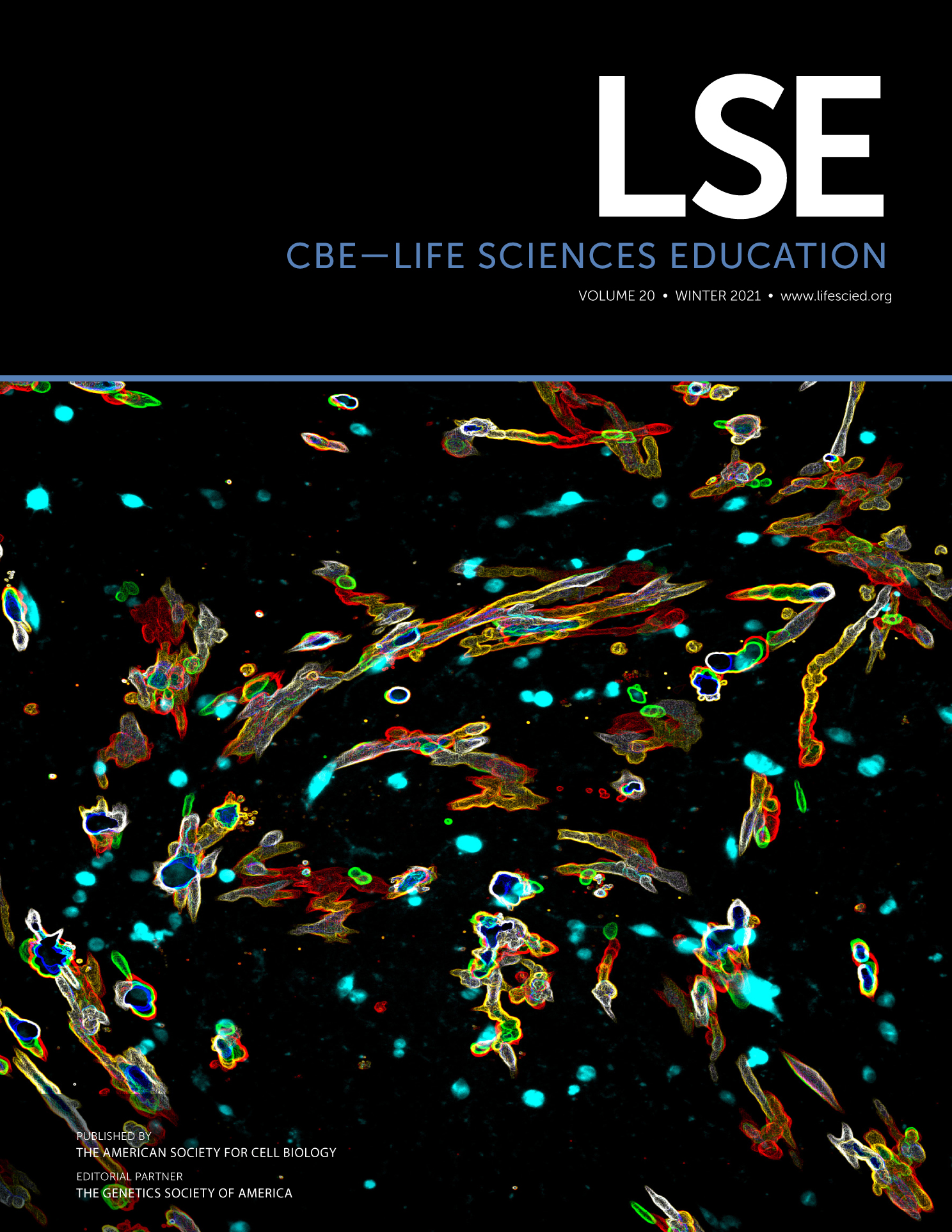Diversity Interventions in the Classroom: From Resistance to Action
Abstract
What goes into faculty decisions to adopt a classroom intervention that closes achievement gaps? We present a theoretical model for understanding possible resistance to and support for implementing and sustaining a diversity-enhancing classroom intervention. We propose, examine, and refine a “diversity interventions—resistance to action” model with four key inputs that help explain faculty’s decision to implement (or not) an evidence-based intervention: 1) notice that underrepresentation is a problem, 2) interpret underrepresentation as needing immediate action, 3) assume responsibility, and 4) know how to help. Using an embedded mixed-methods design, we worked with a sample of 40 biology faculty from across the United States who participated in in-depth, semistructured, qualitative interviews and surveys. Survey results offer initial support for the model, showing that the inputs are associated with faculty’s perceived value of and implementation intentions for a diversity-enhancing classroom intervention. Findings from qualitative narratives provide rich contextual information that illuminates how faculty think about diversity and classroom interventions. The diversity interventions—resistance to action model highlights the explicit role of faculty as systemic gatekeepers in field-wide efforts to diversify biology education, and findings point to strategies for overcoming different aspects of faculty resistance in order to scale up diversity-enhancing classroom interventions.



